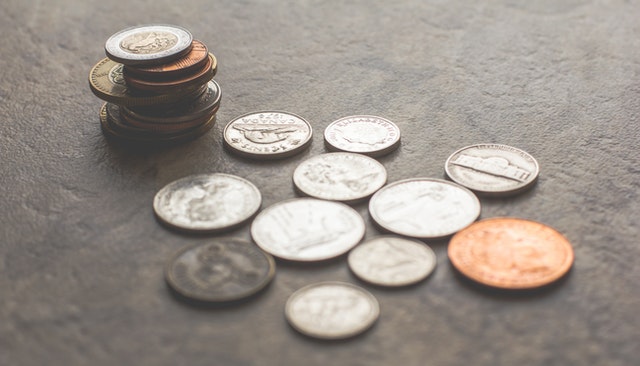Time to empty out the piggy banks to help small businesses. Mississippi banks are asking consumers to deposit their spare change at their local bank or coin-cashing machines as the pandemic-related shutdowns has created a coin shortage.
When COVID-19 restrictions went into place, establishments like retail shops, school cafeterias, and laundromats—the typical places where coin enters society—closed, it significantly slowed the normal rate of coin circulation. Consumers then migrated to shopping online or, if in person, using debit and credit cards to avoid physical contact associated with using cash. The coins that they would have received in change were then not being circulated back into the system.
“We encourage Mississippians to be patient and work with their local banks and businesses as they sort through this coin shortage,” said Gordon Fellows, president and CEO of the Mississippi Bankers Association. “This was an unforeseen consequence of the pandemic, and over time this will work itself out.”
As businesses are reopening, demand from merchants to stock their coins at higher levels is increasing, but a large number of coins remain with consumers. This is creating a critical issue because recirculated coins represent more than 80% of the supply, with the remaining amount being new coins produced by the Mint.
“There is adequate coin in the economy, however the slowed pace of circulation means that a sufficient amount of coins is not readily available where needed,” said Fellows. “If you have spare change, we encourage Mississippians to check with their local bank to see if they are accepting coins or deposit them in grocery store coin-cashing machines. If you do plan to take coins to your bank, check with your branch before you go, though, because many lobbies are only accessible by appointment to protect customers and employees.”
In the beginning of 2020, more than 4 billion coins were deposited—or recirculated—each month, and those numbers dropped to less than 2 billion beginning in April. The Federal Reserve projects the gap between supply and demand between 2.3 to 3.5 billion coins each month through the end of 2020. The Federal Reserve projects the gap between supply and demand between 2.3 to 3.5 billion coins each month through the end of 2020. The Federal Reserve convened a broad industry task force charged with developing a plan to increase coin circulation. The task force met for the first time on July 10, and is expected to report recommendations soon.

0 Comments